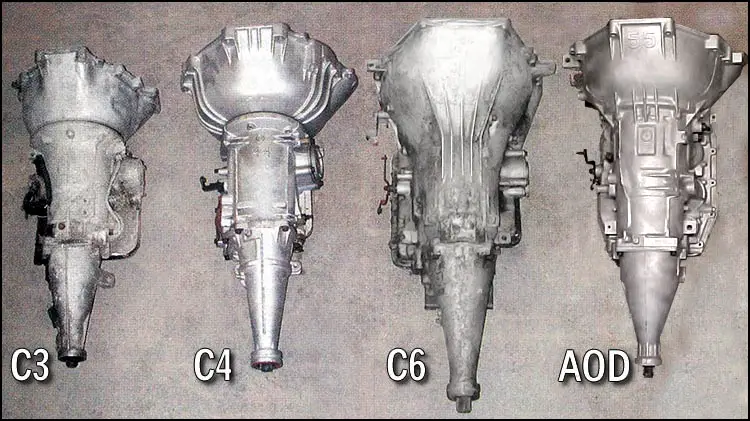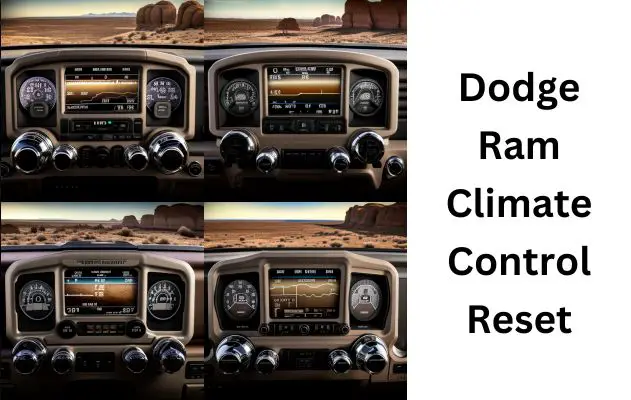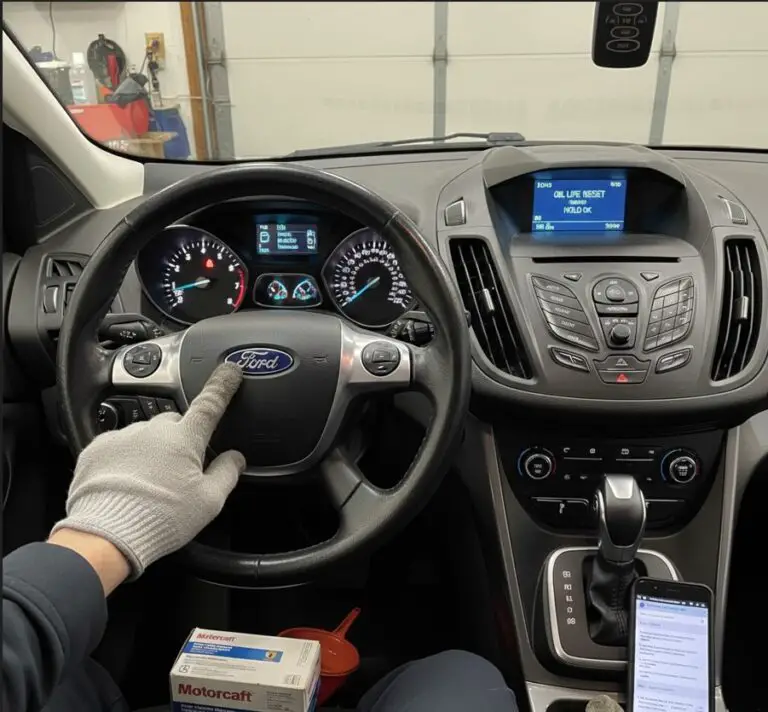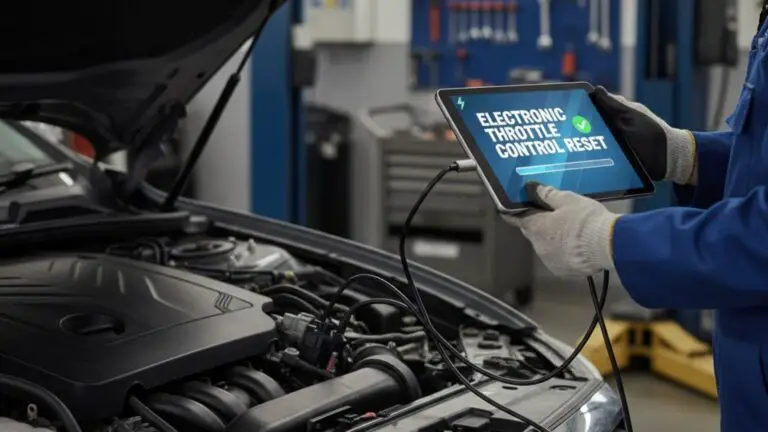Ford Transmission Identification Numbers Must-Know Info!
Ford has a long history of producing reliable and efficient vehicles that cater to a wide range of consumer needs. One crucial component of their vehicles is the transmission, which is responsible for transferring power from the engine to the wheels.
With a variety of Ford transmissions available, it’s essential for car enthusiasts, DIY mechanics, and professionals to understand how to identify these transmissions accurately. This guide provides an overview of Ford transmission identification numbers for some popular models, making it easier to source the correct parts and information when working on or restoring a Ford vehicle.
Common Ford Transmission Models and ID Numbers
Here’s a rundown of popular Ford transmission models, complete with their identification numbers. We’ve updated this list to include newer models like the 10R100 and 10R140, ensuring it’s current for 2025. Note: While these ID numbers align with industry standards, they may vary slightly. Always double-check with official Ford documentation.
| Transmission Model | ID Numbers |
|---|---|
| C4 Transmission | PEE-AG, PEE-AH, PEE-AJ |
| C6 Transmission | RF-C6OP-7006-A, RF-C6OP-7006-B |
| AOD Transmission | RF-F3LP-7006-AA, RF-F3LP-7006-BA |
| AODE Transmission | RF-F2TP-7006-AA, RF-F2TP-7006-BA |
| 4R70W Transmission | RF-F4AP-7006-AA, RF-F4AP-7006-BA |
| 4R100 Transmission | RF-F81P-7006-AA, RF-F81P-7006-BA |
| 5R55S Transmission | 1L2P-7000-AA, 1L2P-7000-BA |
| 6R80 Transmission | AL3P-7000-AA, AL3P-7000-BA |
| E4OD/4R100 Transmission | F81P-7000-AA, F81P-7000-BA |
| 4R44E/4R55E Transmission | F57P-7000-AA, F57P-7000-BA |
| 5R110W Transmission | 3C3P-7000-AA, 3C3P-7000-BA |
| 6F35 Transmission | 8G1P-7000-AA, 8G1P-7000-BA |
| 6F50/6F55 Transmission | 7G1P-7000-AA, 7G1P-7000-BA |
| 10R80 Transmission | JL3P-7000-AA, JL3P-7000-BA |
| 10R100 Transmission | ML3P-7000-AA, ML3P-7000-BA |
| 10R140 Transmission | NL3P-7000-AA, NL3P-7000-BA |
Decoding Ford Transmission Identification Numbers
Ford transmission ID numbers are your roadmap to understanding your vehicle’s setup. These alphanumeric codes reveal manufacturing details, model type, and more. Here’s the breakdown:
- 1st Digit: Manufacturing plant (e.g., “C” = Cleveland, “R” = Romeo).
- 2nd Digit: Model year (e.g., “F” = 1994, “M” = 2021).
- 3rd-4th Digits: Transmission model (e.g., “4AP” = 4R70W).
- 5th-9th Digits: Part code (e.g., “7006” = transmission assembly).
- Last Digits: Engineering change level (e.g., “AA” = first version).
Worked Example
Let’s decode “RF-F4AP-7006-AA”:
- R: Romeo plant.
- F: 1994.
- 4AP: 4R70W transmission.
- 7006: Part code.
- AA: First engineering version.
For a step-by-step visual, see our Infographic for Decoding ID Numbers below!
Related Article: 2002 Ford Explorer Transmission Replacement Cost
How to identify different versions
Understanding Your Ford Transmission
There are several different types of Ford transmissions, each with its own unique set of features and capabilities. Some of the most common types of Ford transmissions include:
Automatic Transmissions:
These are the most common type of transmission found in Ford vehicles. They use a hydraulic system to shift gears automatically, without the need for driver input.
Manual Transmissions:
These transmissions require the driver to manually shift gears using a clutch pedal and gear shifter.
Continuously Variable Transmissions (CVTs):
These are a type of automatic transmission that uses a belt or chain to provide an infinite number of gear ratios.
Dual-Clutch Transmissions:
These transmissions use two clutches to provide faster, smoother gear changes.
To use the identification number to identify your specific transmission, you will need to consult a Ford transmission identification chart. These charts provide a detailed breakdown of the different identification numbers and what they represent for each type of Ford transmission.
It’s also important to understand common problems and solutions for Ford transmissions, such as slipping gears, leaking fluid, or strange noises. Regular maintenance and inspections can help prevent these issues and keep your car running smoothly.

Common Transmission Problems and Solutions
Transmissions aren’t perfect—here are common issues and fixes:
C4 Transmission
- Problem: Slipping gears.
- Solution: Check fluid levels and quality. Replace if low or dirty. Inspect the valve body for wear.
AOD Transmission
- Problem: Overdrive band wear.
- Solution: Adjust or replace the band. Maintain proper fluid levels.
4R70W Transmission
- Problem: Torque converter shudder.
- Solution: Flush the fluid or replace the converter.
10R80 Transmission
- Problem: Delayed engagement.
- Solution: Look for software updates or check the valve body.
For tougher issues, consult a mechanic or Ford’s service manuals.
Transmission Timeline
A timeline helps pinpoint your transmission based on its era. Here’s a snapshot:
| Transmission | Years Used | Vehicle Applications |
|---|---|---|
| C4 | 1964-1986 | Mustang, F-150 |
| C6 | 1966-1996 | F-250, Bronco |
| AOD | 1980-1993 | Mustang, Crown Victoria |
| 4R70W | 1995-2003 | Crown Victoria, F-150 |
| 6R80 | 2009-2025 | F-150, Expedition |
| 10R80 | 2017-2025 | F-150, Mustang |
| 10R100 | 2020-2025 | F-250, F-350 |
| 10R140 | 2020-2025 | F-350, F-450 |
Visual Note: Check out our Transmission Timeline Chart for a graphical view!
Comparison Table of Transmission Models
Compare key specs at a glance:
| Transmission | Gear Ratios | Torque Capacity | Vehicle Applications | Years Used |
|---|---|---|---|---|
| C4 | 2.46:1, 1.46:1, 1:1 | ~400 lb-ft | Mustang, F-150 | 1964-1986 |
| 4R70W | 2.84:1, 1.55:1, 1:1, 0.7:1 | ~500 lb-ft | Crown Victoria, F-150 | 1995-2003 |
| 10R80 | 10-speed, varies | ~700 lb-ft | F-150, Mustang | 2017-2025 |
| 10R140 | 10-speed, varies | ~1,000 lb-ft | F-350, F-450 | 2020-2025 |
Got questions? We’ve got answers:
- How do I find the transmission ID number on my Ford F-150?
Look on the transmission case near the bell housing, the door jamb label, or in your owner’s manual. - What do the letters and numbers in the ID code mean?
They indicate the plant, year, model, and more—see our decoding section! - Why should I identify my transmission?
It ensures you get the right parts and fixes for repairs or upgrades. - What’s a common fix for slipping gears?
Start with checking and replacing the fluid; then inspect mechanical components.
Newer Ford Transmissions
Ford’s latest transmissions, like the 10R100 and 10R140, power heavy-duty trucks (F-250, F-350) in 2025. Highlights:
- 10R100: Built for high torque (~1,000 lb-ft), great for towing.
- 10R140: Enhanced gearset for max hauling power.
Learn more at Ford’s Official Website.
Interactive Tool Suggestion
Want an easier way to decode? Try an online Ford Transmission ID Decoder Tool—enter your ID number and get instant results!
FAQs
What is a Ford Transmission Identification Number?
How do I locate the Ford Transmission Identification Number in my vehicle?
Why is it important to decode the Ford Transmission Identification Number?
Can I use a Ford transmission identification chart to decode the identification number?
What are some common problems with Ford transmissions?
Decoding and Understanding Vehicle Identification Numbers / VINs
Conclusion
Understanding Ford transmission identification numbers is vital for maintaining and repairing your vehicle accurately. This guide offers a comprehensive list of some common Ford transmission models and their ID numbers, which can be a helpful resource for both professionals and DIY enthusiasts.
By familiarizing yourself with these identification numbers, you can make more informed decisions when sourcing parts, troubleshooting issues, or undertaking restoration projects. Remember, a well-maintained transmission is crucial for the overall performance and longevity of your Ford vehicle.





